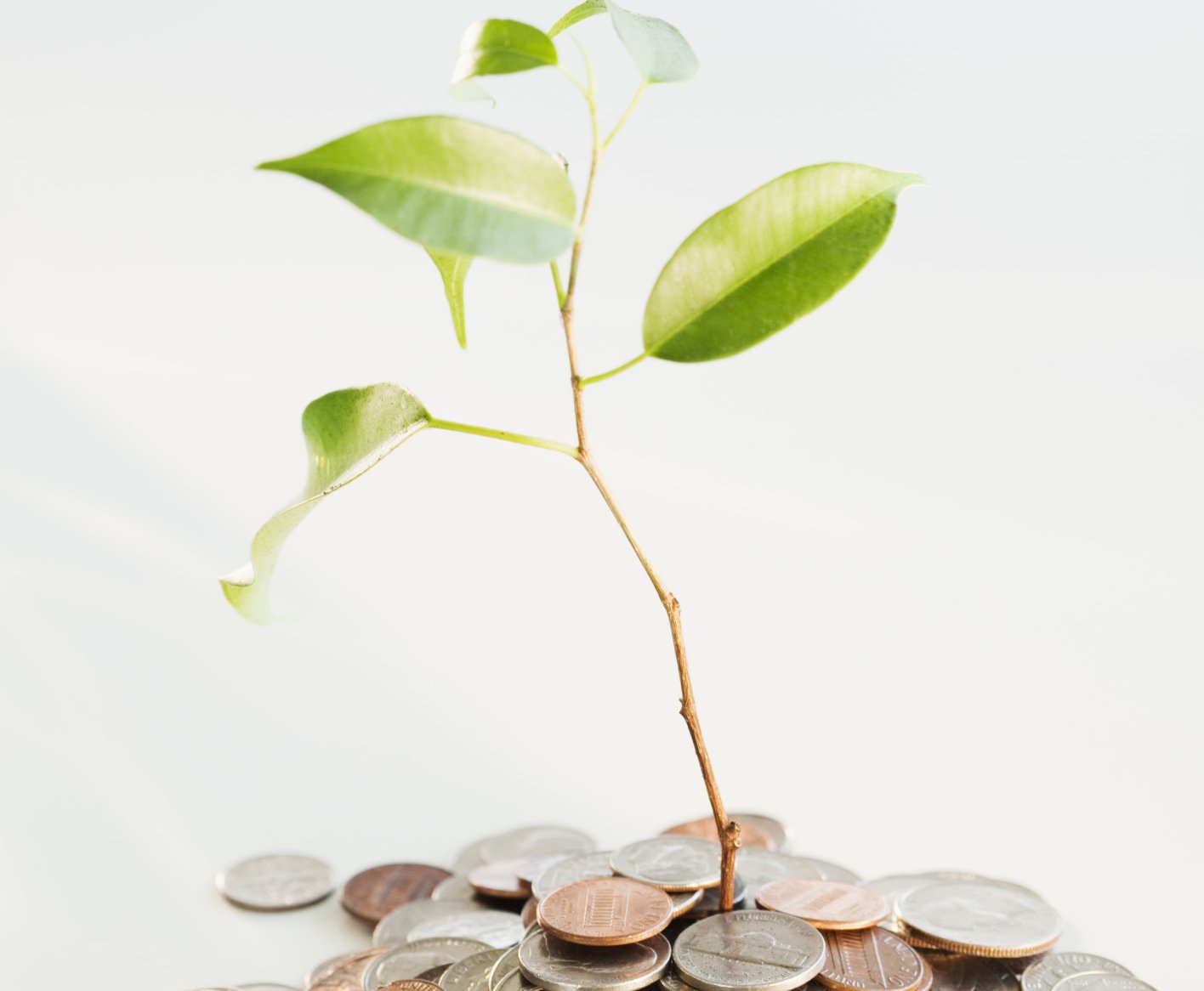
Sometimes, when life gives you financial lemons, you can no longer afford the things you need to make the lemonade.
In other words, your normal living expenses don’t become optional just because of an unexpected financial obligation. These events can leave you clamoring to make ends meet, but with a few tips and some smart financial planning, you can be ready when you’re hit by an unplanned expense.
We’ve all been in that stressful position where we are faced with an unanticipated expense that needs to be paid immediately. Your anxiety levels increase as you wonder how you’re going to meet this sudden financial obligation while continuing to pay for necessities like food, gas, housing, and utilities.
Maybe your car or truck needs a new transmission, and that can cost anywhere from $3,000 to $7,000. You can’t go without a car, so you frantically try to find the funds to cover the repair cost.
What about emergency medical procedures? Need a root canal? That can cost $1,000 per tooth. You can’t sit around in pain, so you need to find a way to pay for it now.
If you don’t have the cash-on-hand to pay these bills, you might consider paying with a credit card. However, this option can cost you a lot more money in the long run because of the interest you’ll have to pay overtime.
This is where an emergency fund can be a significant help.
An emergency fund is a bank account where you save money for the sole purpose of covering large, unexpected expenses. It serves as a safety net, so you don’t have to sacrifice your normal expenses and obligations to pay for the surprise bill.
Some financial experts recommend saving enough money to cover 3-6 month’s salary in the event that you lose your job or get injured and can’t work. However, any amount that you’re able to save can help ease the sting of having to pay unexpected bills.
The one thing that isn’t debated, however, is whether or not an emergency fund is a good idea. Since it can take a while to save enough for an emergency fund, it’s a good idea to start now.
Here are some tips to get you started:

This keeps your emergency fund dollars separate from the money you spend day-to-day.
You can set up paycheck deductions that are automatically deposited into your emergency fund account. Even if you only deduct $10 per weekly check, you’ll have saved $520 in a year. If you don’t have the choice of automatic deductions, take $10 out of your paycheck and immediately deposit it into your emergency fund.
If you get a tax refund or bonus, then put at least half of the money into your emergency savings. According to the IRS, in 2015, the average refund was $3,200. Adding $1,600 to your emergency savings is a quick way to build your financial cushion.
Find a lower-cost cell phone or internet plan and bank the difference. Take the money you spend every week on take-out and put it into your savings account. Raise the deductible on your car insurance and put away the money you save.
All the quarters and nickels weighing down your pocket can add up to hundreds of dollars over the year. Collect them and put them into your savings. Another idea is to round up the cost of every purchase you make and put the difference into your savings. For example, if you spend $47.35, put $2.65 into savings. Some banks offer programs that do this automatically when you use your debit card.
When you pay off a debt like a loan or credit card bill, take the amount you were paying each month and deposit it into your savings.
Building an emergency fund takes commitment and effort. At times, you may be tempted to spend this money on non-emergency items, but just remember: the temptation is not worth the financial strain that comes from not having the money to cover unexpected events.
The best approach is to save the money now, and then put it out of your mind until you need it. Then rest easy, knowing that when that next unexpected bill comes, you won’t have to sweat it.
The information and materials provided on this website are intended for informational purposes only, and should not be treated an offer or solicitation of credit or any other product or service of Regional Finance or any other company. This website may contain links to websites controlled or offered by third parties. We have not reviewed all of the third party sites linked to this website and are not responsible for the content, products, privacy policy, security, or practices of any linked third party website. The inclusion of any third party link does not imply any endorsement by Regional Finance of the linked third party, its website, or its product or services. Use of any third party website is at your own risk.
You can prequalify for your personal loan online in just minutes by clicking prequalify now. Or, if you prefer, call or stop by your local branch to get the process started. Our loan specialists can answer any questions you may have such as what a personal loan is, understanding personal loan interest rates, and how to qualify for a personal loan. We’ll help you fill out an application for the type of loan that fits your needs.